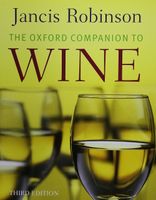Advertisement
Moldova: Wines produced
Published 2006
Prior to the first Russian ban in 2006, wine quality was distinctly poor as old Soviet winemaking technology was commonplace, and little attention was paid to hygiene or controlling oxidation. This was driven by the reliance on Russia (which had 80% of the export market), where demand was for semi-dry or semi-sweet wines, based on price and packaging with little attention paid to wine quality. The bans, believed to have been politically motivated, provided Moldova with the motivation to improve. Modern equipment is now widespread among key players whose vineyard ownership allows them to control grape quality, and winemakers often have foreign training or experience. Heavy bureaucracy has been abandoned and this has encouraged the establishment of small boutique wineries and an association of small wineries. Modern wine styles usually show good natural acidity and relatively moderate alcohol levels with good varietal expression. Reds can be long-lived, but are still sometimes too green and made from under-ripe grapes. Moldova continues to make some fortified wines, accounting for around 4% of production in 2012, notably Cagor, a 16%, partially fermented red, often based on Cabernet. Sparkling wines, both tank- and bottle-fermented, accounted for 6.2% of production in 2012, with state‐owned Cricova the most notable producer. Famous reds made in the early 1960s such as Negru de Purcari and Rosu de Purcari have been revived since 2003.


